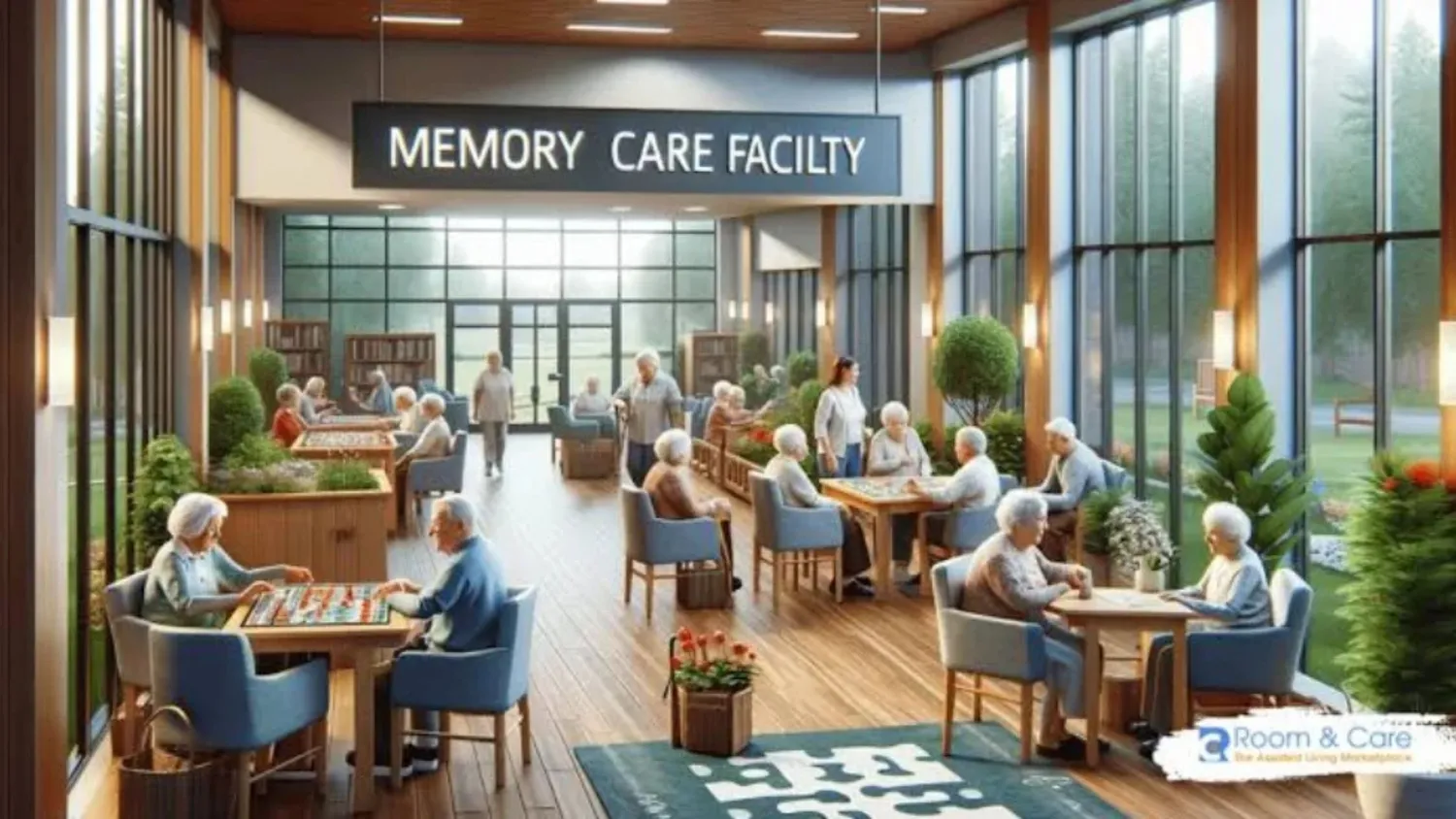
Growing older often brings more quiet moments than we expect. And for seniors living with dementia, isolation can sneak in slowly, especially when memory begins to fade and communication becomes harder. But memory care homes aren’t just about safety. They’re about connection, dignity, and purpose.
A memory care home in Dallas shows that even in the midst of memory loss, meaningful connection is still possible. In fact, it’s essential.
Why Social Interaction Is a Core Part of Dementia Care
Everyone needs connection. It’s part of being human. But when someone develops Alzheimer’s or another form of dementia, they might start to withdraw from conversations, activities, or even family gatherings. This withdrawal isn’t a choice, it’s often a result of confusion, anxiety, or simply not knowing how to engage anymore.
That’s why dementia care services focus heavily on maintaining social interaction. A good memory care community builds the day around familiar rhythms that encourage residents to interact, express themselves, and stay emotionally engaged.
Meals That Feed More Than the Body
Let’s start with something simple but powerful, mealtimes.
In a memory care home, meals are often served in a family-style setting. That means shared tables, casual conversation, and the familiar sounds and smells of home-cooked food. Residents are encouraged to dine together, which creates structure and routine. It also opens the door for social connection.
Caregivers might ask, “Would you like to sit next to your friend today?” or gently guide a resident back to their favorite spot at the table. They know who likes soup, who prefers sweet tea, and who might just need a little extra time. These small touches matter.
Sharing meals helps bring back a sense of normalcy, reduces loneliness, and promotes dignity.
Small Moments That Build Big Bonds
In between meals, there’s an entire world of activity happening in these communities. But it’s not all bingo and puzzles. The best memory care homes in Dallas build their daily routines around what brings joy.
That includes:
- Group music sessions with live performers or familiar tunes from the past
- Craft workshops where residents can paint, sculpt, or color with a friend
- Gardening clubs that allow residents to dig their hands in the soil, water plants, and see the results of their care
- Book readings or storytelling circles that spark laughter and reflection
- Celebrations for holidays, birthdays, and cultural traditions
Even if a resident can’t fully remember the details of an event, they can feel the joy of being part of something. And that’s enough.
Personalized Activities for Every Resident
Great dementia care services also make space for personal interests. A resident who used to be a teacher might enjoy helping read to a group. Someone who loved to cook may be invited to help stir pancake batter or set the table.
Staff take time to learn each resident’s background and weave it into the daily plan. That way, activities aren’t just something to do, they’re a way to connect to who someone is, and who they’ve always been.
The Healing Power of Companionship
One of the biggest fears families face is whether their loved one will feel alone in a care home. But in many memory care communities, residents build real friendships with other residents, with staff, and even with visiting pets or volunteers.
A familiar caregiver’s smile in the morning, a friendly wave across the dining room, or a shared laugh during music therapy, all of these little interactions add up. They provide comfort. They remind residents that they’re cared for, valued, and included.
These connections reduce depression, encourage healthy behaviors, and help slow cognitive decline.
Structured Days, Peaceful Nights
Social interaction also helps regulate daily rhythms. When residents are engaged throughout the day, they tend to sleep better at night and experience fewer behavioral disruptions like wandering or agitation.
This is why structure is so important. A consistent schedule with familiar people and shared activities creates a sense of security. And that security helps residents feel more relaxed and content.
Family Involvement Makes the Circle Complete
Family visits and involvement are a huge part of social life in memory care. Whether it’s joining in on a weekend barbecue or coming in for a holiday celebration, families get to stay involved. Many Dallas memory care homes even offer caregiver support groups or educational sessions.
This connection between staff, residents, and families builds trust and allows everyone to work together toward one goal: a better quality of life.
The Takeaway: Connection Over Isolation
At the end of the day, memory care homes aren’t just places for seniors to stay safe. They’re places for seniors to live fully, with purpose, comfort, and community.
Social programs aren’t a bonus, they’re a lifeline. In a memory care home in Dallas, the commitment to social interaction is clear in every group meal, hobby session, and warm conversation. These everyday connections help residents feel grounded, supported, and truly at home.
Because no one should walk through memory loss alone.